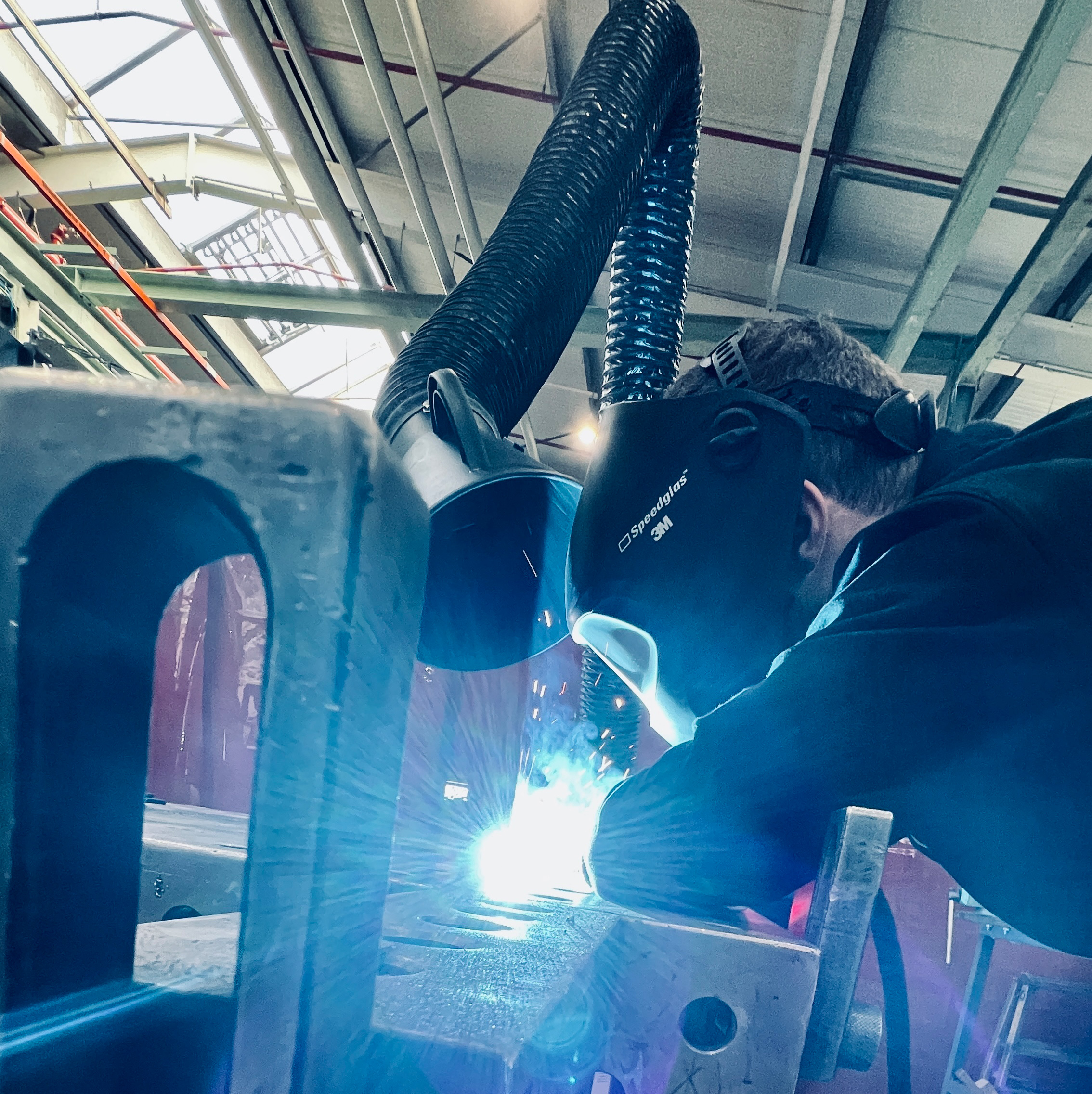TIG, MAG, MIG - Why an extraction system is always important
February 2, 2023
TEKA | Tim Nieswandt
Three welding processes, many different applications and therefore many different hazards. Since not all welding fumes are the same and the processes have specific differences, this overview is intended to show the importance of suitable extraction:
TIG welding
TIG welding is generally considered a "clean" welding process. No wonder, because in contrast to MIG and MAG welding, it produces significantly fewer emissions, but this does not mean that it does not still pose dangers. Under certain circumstances, for example, radioactivity can be released and ozone can form. TRGS 528 also classifies TIG welding in the low emission group, which is why welding fume extraction near the source is usually sufficient. Welding aluminium produces ozone, which is formed by the reflecting UV radiation even at some distance from the welding point. In fact, the low smoke development favours the spread here. The good thing is that ozone can be easily captured with a spot extraction system. In TIG welding, thorium oxide-free tungsten electrodes are usually used. The reason for this is that thorium oxide produces radioactive radiation. Even if the annual limit is not usually exceeded, damage to bones and organs can occur. If it is not technically possible to weld without thorium oxide, it is mandatory to use an IFA-tested filter device of class W3.
MAG welding
Metal active gas welding (MAG) is one of the processes with the highest emission rates of welding fumes. Accordingly, many hazardous substances are produced during this welding process. One of the most common active gases is carbon dioxide, which produces carbon monoxide during the process in addition to the welding fumes, which consist mainly of iron oxide. It blocks the transport of oxygen in the body and causes oxygen deficiency in tissues, dizziness or headaches. High exposure can even lead to cardiac arrest. MAG welding with mixed gas normally consists largely of argon and is even suitable for welding chrome-nickel steel. This releases chromium(VI) compounds and nickel oxide, which have been proven to be carcinogenic, which is why extraction with an IFA-tested filter device of class W3 is mandatory. Toxic substances such as manganese oxide are also a danger, as they can irritate the respiratory tract and damage the nervous system at high concentrations. In general, as the voltage of the arc increases and the wire feed speed increases, so do the pollutant emissions. The amount of welding fumes is comparable to that of arc welding with coated stick electrodes and can be classified as high. It is therefore no surprise that an extraction system should be used for these welding processes, so that the welding fumes are captured at the point of origin if possible, so that they do not even reach the breathing zone or the ambient air.
MIG welding
Although metal inert gas (MIG) welding releases fewer emissions than MAG welding, the gas exposure creates other high-risk hazardous substances. This is also an arc welding process in which the welding wire serves as the current-carrying electrode, but also as an additive. It should be noted that 95 per cent of the hazardous substances are usually generated from the filler material during welding. Welding of aluminium materials is particularly dangerous, releasing aluminium oxide, which is classified as harmful to the lungs. Here, it is not so much the duration as the intensity that is decisive for health consequences. The danger of ozone is also not to be sneezed at with materials such as aluminium and stainless steel, as even ten times more ozone is produced than with TIG welding. When nickel alloys are used as an additive, the welding fumes consist of up to 87 percent nickel oxide, which is classified as carcinogenic. If the alloys then also contain copper, not only are larger quantities of welding fumes released, but also copper oxide, which can lead to metal fever due to its toxicity. Logically, despite the lower emissions, a spot extraction system with suitable certification is also indispensable here. Depending on the material and additive used, additional ventilation measures should be taken.

